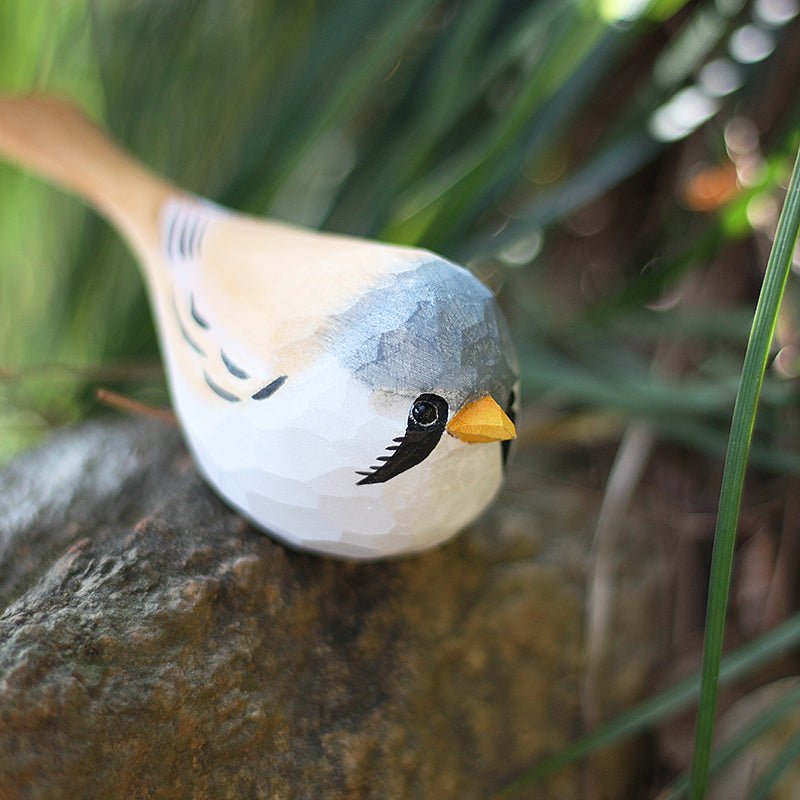
🐤 How Bearded Tit Chicks Chase Their Parents — A Wildly Adorable Survival Strategy
Share
🐤 How Bearded Tit Chicks Chase Their Parents — A Wildly Adorable Survival Strategy
 If you've ever seen a tiny bearded tit chick fluttering after a much larger adult bird, squeaking at the top of its lungs—you’ve witnessed one of the cutest and most determined survival strategies in the bird world.
If you've ever seen a tiny bearded tit chick fluttering after a much larger adult bird, squeaking at the top of its lungs—you’ve witnessed one of the cutest and most determined survival strategies in the bird world.
Bearded tits (Panurus biarmicus) may look elegant as adults, but their chicks are persistent little energy balls on a mission: to get fed—now.
Let’s explore how these birds behave after they hatch, and why chasing their parents is an essential part of growing up.
1. Meet the Bearded Tit: Not a Tit, Not Bearded
Despite its name, the bearded tit (also called bearded reedling) is:
-
Not actually a tit (not in the tit family)
-
Not really bearded (the "beard" is a black mustache-like stripe on males)
These birds live in dense reed beds across Europe and Asia, especially in wetland areas.
2. Chicks Hatch Fast and Get Hungry Faster
-
Bearded tit chicks hatch after just 10–12 days of incubation
-
They are altricial—born blind, featherless, and completely dependent
-
Both parents help feed them with insects, larvae, and soft reed seeds
Within just a few days, the chicks become mobile and start following the parents outside the nest.
3. The Chase Begins: Why Chicks Follow Their Parents
Once the chicks leave the nest:
-
They run, flutter, and hop after the adult birds constantly
-
They squeak loudly to beg for food
-
Parents make quick rounds, delivering insects or soft seeds to each chick
This "chasing" behavior isn't just cute—it increases survival:
✔️ The most vocal and active chicks often get fed first
✔️ It allows chicks to move around the reedbed, learning and avoiding predators
✔️ It lets parents monitor chick health and adjust feeding
4. How Long Do They Keep It Up?
-
Chicks are fed by parents for about 2–3 weeks after leaving the nest
-
As they grow stronger and begin self-feeding, the chasing fades
-
By around 4–5 weeks old, they’re independent
But during those early days, the reedbeds are full of fluttering, squeaking, unstoppable chick energy.
5. What It Looks Like in the Wild
Birdwatchers often describe it like this:
“The reeds suddenly rustle, and a tiny ball of fluff darts after a golden-brown adult, peeping like crazy. The parent dips, delivers a grub, and the chick bounces with delight.”
This is the heart of wild parenting—and the sound of survival.







